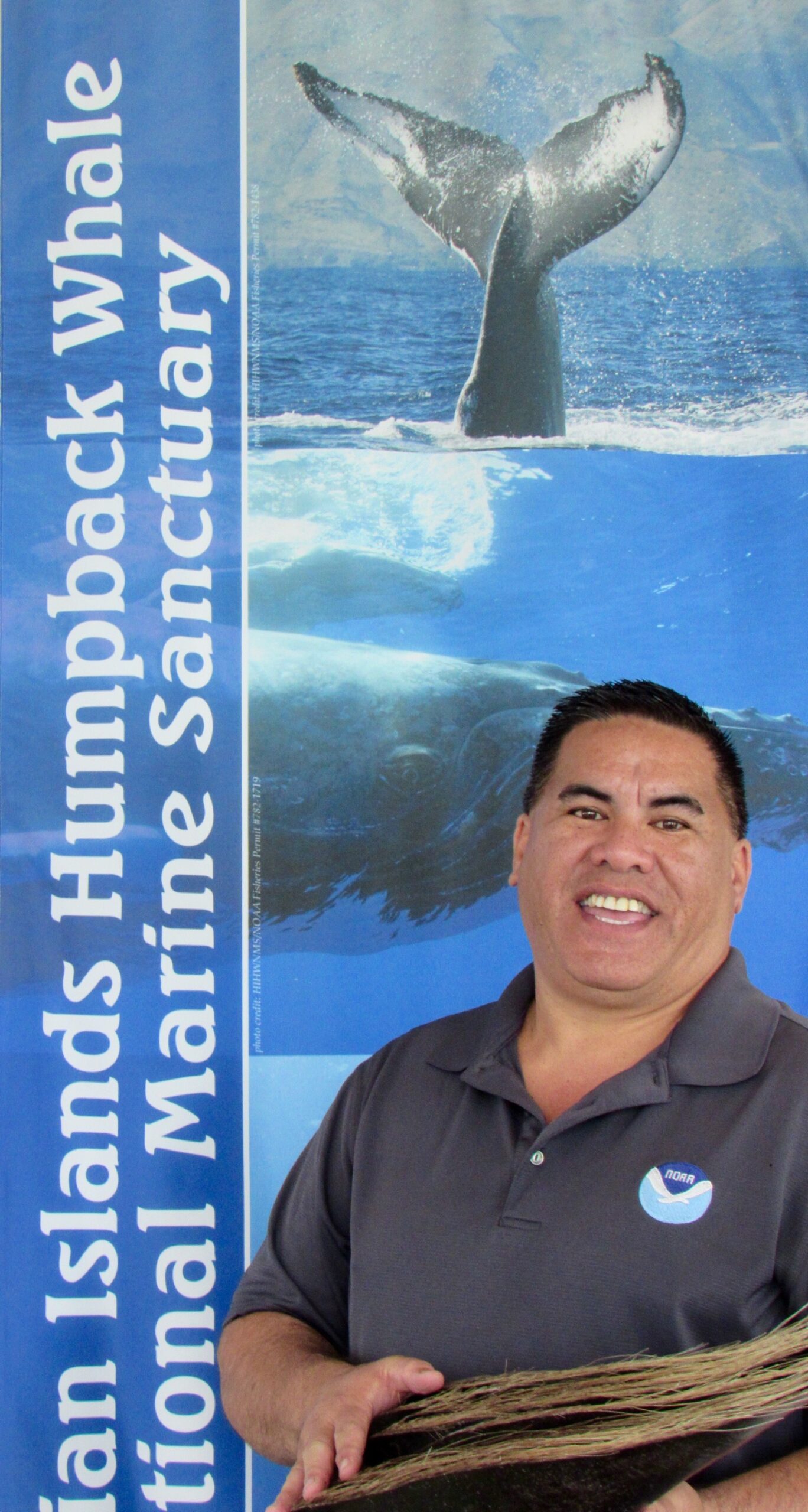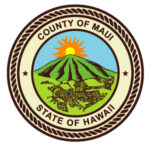November marked Ho‘i Koholā, ‘welcome back whales month’, and the traditional start of the 2022-2023 whale season in Hawaii. Humpback whales are generally seen in Maui waters from November into May each year, with the peak season running from January through March. This November was also the 30th anniversary for the Hawaiian Islands Humpback Whale National Marine Sanctuary (HIHWNMS). Designated in November of 1992, HIHWNMS is one of the world’s most important whale habitats, and the only place in the United States where humpback whales mate, calve, and nurse their young.
“HIHWNMS works to protect humpback whales and their habitat through research, education, conservation, stewardship, and entanglement response,” said Kim Hum, HIHWNMS sanctuary superintendent. “We are excited to join the community in welcoming nā koholā, the whales, back to the islands. A few early sightings of humpbacks have been reported in recent weeks, with more whales anticipated to return soon.”

HIHWNMS hosted a virtual pre-whale-season webinar about their current research and how to care for our magnificent visitors. Presenters Dr. March Lammers, research ecologist, Eden Zang, research specialist, and Ed Lyman, natural resource specialist, each gave a briefing on the sanctuary’s activities. “Acoustic monitoring is very important because sound transmits well underwater,” Dr. Lammers explained. “Many male humpback whales sing during the breeding season, and the volume of song chorusing measured on moored recorders is correlated with whale abundance. Additionally, many whale behaviors are not observable from the surface or at night, leaving much still to be learned. A promising approach is to use instrumented tags to study behavior.” Zang added, “We also focus on entanglements and whale-vessel contacts. Based on community monitoring efforts, the sanctuary uses historical known outcomes from threats like entanglement and collision to quantify the impact of present cases and serious injury determinations.”
Lyman concluded, “This season had the largest use of drones to help staff respond to and record entanglement reports. Our goals include releasing large whales from life-threatening entanglements, increasing awareness, and gathering information to better understand the threat. Plus, HIHWNMS continues to develop many partnerships with the on-water community to protect the humpback whales and their habitat.”
Our motto, ‘Go Slow—Whales Below’ is for boating vessel speeds necessary to keep the whales safe. For more information, visit https://dlnr.hawaii.gov/dobor/boating-with-whales. Dr. March Lammers, Research Ecologist, Hawaiian Islands Humpback Whale National Marine Sanctuary
